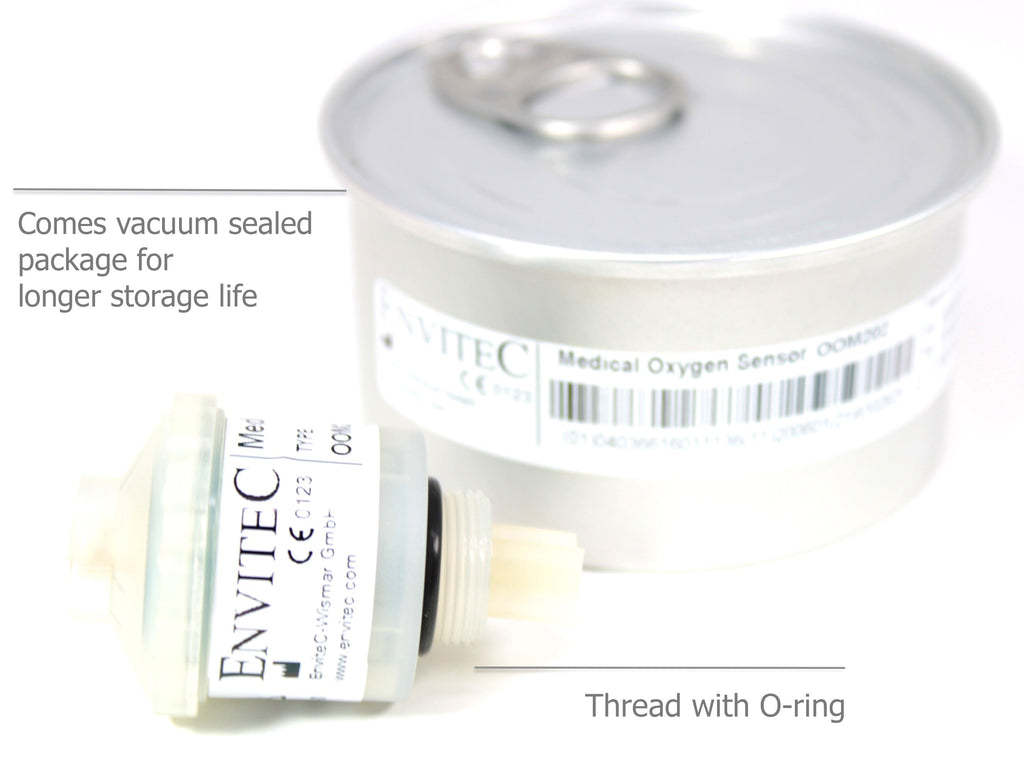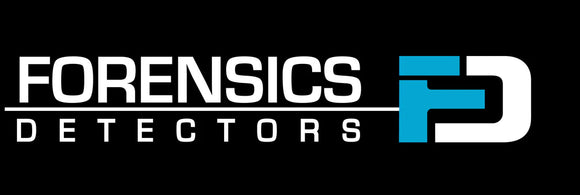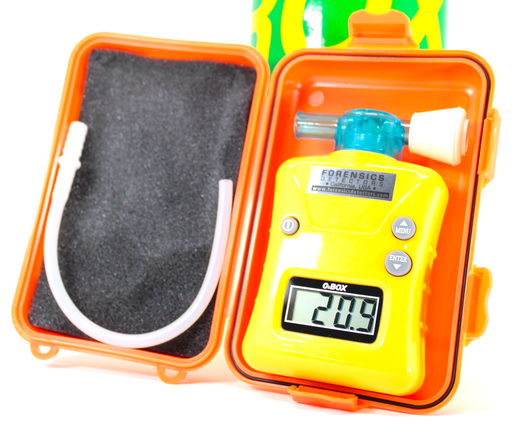Gas detection is a vital aspect of diving safety, and an oxygen analyzer is an indispensable tool for divers to ensure the correct oxygen levels within their gas cylinders. Inhaling air with the proper oxygen concentration is the most crucial safety concern during diving, making the reliability of the oxygen analyzer paramount. These devices, also known as scuba analyzers, O2 analyzers, or simply oxygen analyzers, are designed to be user-friendly and accurately display the oxygen concentration in %vol of the gas cylinder. By employing gas detection technology, divers can confidently verify the safety of their breathing gas, minimizing the risks associated with incorrect oxygen levels during underwater exploration.
Pros |
Cons |
|
✅ Allows divers to verify their oxygen levels before a dive. ✅ Provides divers with a verification mechanism when purchasing enriched oxygen cylinders. ✅ Oxygen analyzers now less than $200. |
⛔ While oxygen analyzers can be puchased for less than $200, they are still not cheap. ⛔ Oxygen analyzers may require calibration before use. ⛔ Oxygen analyzers use electrochemical cells, which lessen in voltage output over time and must be replaced every 2-3 years. |
Best Oxygen Analyzers for Scuba?
There are several oxygen analyzers that are credible. The most popular include:
- Oxygen Analyzer O2BOX for Scuba by Forensics Detectors
- Analytical Palm 02 Analyzer
- Nuvair Quickstick Oxygen Analyzer
- Maxtec Handi+ Oxygen Analyzer
- Maxtec MaxO2+ Oxygen Analyzer

What Is an Oxygen Analyzer?
A scuba oxygen analyzer is a vital tool for divers, especially when using enriched air nitrox. It measures the oxygen concentration in the dive tank, essential for planning safe dive profiles and avoiding oxygen toxicity. By determining the oxygen level, divers can calculate no-decompression limits and set appropriate depths on their dive computers. Its accurate use is crucial for technical diving with varying gas mixtures..

When Should I Use an Oxygen Analyzer?
It is good practice to check each tank before diving as a safety measure. A oxygen scuba analyzer ensures that the oxygen and nitrogen mixture is as expected. Most dive shops require the user to analyze the cylinder gas contents before signing off and taking ownership of the tank.
If you are diving in a group, ensure that an oxygen scuba analyzer is present on the boat or check your cylinders before leaving home.

Who Needs an Oxygen Analyzer for Scuba?
- Divers: Oxygen analyzers are used by divers and equipment technicians to verify oxygen concentrations within the tank.
- Dive Shops: These are used in dive shops for verification purposes at dive fill stations.
What Is Enriched Air Nitrox?
Diving is mainly performed using compressed air. This is fresh air with a nominal oxygen concentration of 20.9%.
However, enriched air nitrox (EAN), or Nitrox for short, is a common alternative. Nitrox is a gas mixture with increased oxygen beyond 20.9%.
World Recreational Scuba Training Council (WRSTC) training agencies recognize enriched air as any oxygen and nitrogen gas mixture with an oxygen partial pressure above 20.9%.
Recreational mixes range from 21% to 40%, with the most common proportions ranging between 32% and 36%.
Typically, nitrox cylinders are marked green with a thick, yellow line or simply with a green and yellow sticker with the words NITROX or ENRICHED AIR.
Special training and certification is required for the safe handling and use of nitrox mixes in both recreational and technical diving. Dive Shops require a valid nitrox or advanced nitrox certification before filling a diver’s tanks.
How Does an Oxygen Scuba Analyzer Work?
An oxygen analyzer is made up of two main components:
- The electronics that consist of an on-board digital processor along with an analog to digital converter.
- The electrochemical oxygen sensor, a galvanic cell that outputs electrical energy. This signal comes from the electron transfer in a redox reaction modulated by the detected oxygen. The partial pressure sensor outputs a voltage proportional to the oxygen concentration. The most in-depth article about oxygen sensors is by Mr. Paul Raymeakers.
When the unit is "calibrated," it creates a linear extrapolation from 0% to 20.9% (or a different calibration value). Based on this two-point linear regression, the digital processor translates the voltage from the sensor to an oxygen concentration, which is then displayed to the user.
Most often, oxygen nitorox analyzers are calibrated in natural air to 20.9%. However, calibrating at a higher oxygen concentration (i.e., 35%) will increase accuracy when detecting oxygen in nitrox filled cylinders.
Calibrating your oxygen nitrox analyzer more closely to the expected tank concentration will result in more accurate measurements. This requires a certified gas calibration bottle.
How to Change the Oxygen Sensor?
The oxygen sensors are replaceable. Below is a vide on how to replace the oxygen sensor in your Forensics Detectors O2BOX Oxygen Analyzer.

Does Operating an Oxygen Analyzer Require Special Training?
No, it doesn’t. Most analyzers are very simple to use, although each has it quirks. In general, turn the device ON, ensure that it measures 20.9% in fresh air, and then test. Be smart and read the user manual to familiarize yourself with your specific model.
How to Use a Oxygen Scuba Analyzer?
In general, operation of an oxygen analyzer follows these steps:
- First, ensure the unit is calibrated to display 20.9% when in fresh air.
- Place the dome fitting directly onto the cylinder valve.
- Carefully turn ON the valve for about 10 seconds.
- Allow the oxygen level to increase.
- Take the maximum oxygen reading. If it is still increasing, continue to test beyond 10 seconds. Once the oxygen level has leveled out, turn the gas off and note the O2 reading.
- Make sure the oxygen concentration matches the noted concentration on the cylinder.
- Store your oxygen analyzer properly.
Tips to Select an Scuba Oxygen Analyzer
Make sure the analyzer has the following:
- Accessories: Ensure the analyzer comes with the necessary accessories to perform a direct to valve test. This is typically a limiting dome attachment piece. A dome is necessary to control the amount of "blast" air that the sensor "feels." Blasting air directly onto the sensor will give inaccurate readings due to changes in atmospheric pressure.
- Oxygen Sensor: What type of sensor and which brand is included within the analyzer? It is important to ensure the sensor comes from a reputable brand with a proven track record, such as Honeywell, Teledyne, etc... Take note of the lifespan, sensors typically have a lifespan of 24 to 36 months.
-
Detection Range: Make sure the analyzer can detect from 0% to 100% oxygen, with 0.1% resolution. Common recreational diving scuba mixes can range anywhere from 21% to 40%. Technical diving enriched oxygen mixes are typically 50%, 80%, or even 100%. Some oxygen scuba analyzers only detect oxygen levels from 0 to 30% and will not suffice for diving.
Our Pick - Oxygen Scuba Analyzer
The Forensics Detectors Oxygen Analyzer for Scuba was launched in 2020. We love it because it:
- It is a basic unit, equipped with a Honeywell medical-grade oxygen sensor that lasts up to 36 months.
- The package comes with a waterproof case and accessories for direct-to-tank or in-line testing.
- The unit has quick, one-button, fresh air calibration and takes three AAA batteries.
You will never find this unit priced over $199. We are proud to have broken the $200 price point for a product that traditionally costs well over $200, even into the $300s.
What Do Customers Think?
Reviewed in the United States on August 6, 2020
I wasn't sure about this unit because there were no reviews. After testing three separate nitrox scuba tanks in both 32 and 36 percent gases, I trust this oxygen analyzer to test my scuba gases in the future.
What About Carbon Monoxide Analyzers for Scuba?
Carbon monoxide analyzers are different than oxygen nitrox analyzers. They detect trace amounts of carbon monoxide that may have unintentionally entered the supply of your gas mix. This may happen when exhaust gas enters the air stream from the compressor used to fill the tank cylinder.
To detect carbon monoxide gas, once requires a very sensitive CO meter. Forensics Detectors has developed a very low CO meter that detects down to 0.1ppm of CO gas. This perfect to detect low amounts of carbon monoxide that may have been unintentionally compressed in your gas cylinder.
Can You Smell Oxygen from Scuba Tanks?
No, oxygen is odorless and cannot be smelled while scuba diving. Any unusual odors during diving likely come from tank contamination or equipment issues, not the oxygen itself.
What About Helium Analyzers for Scuba?
Helium analyzers are used with trimix gas. Trimix is a mixture of air, helium, and oxygen. A helium analyzer is used by technical divers to confirm the composition of their trimix gas cylinders.

Final Words
Gas detection is crucial when using an oxygen analyzer for diving safety. Always purchase a new analyzer to ensure its age and condition are known. Keep track of the purchase date and monitor the device's age to avoid exceeding the sensor's lifespan. Calibrate the analyzer before each measurement, and consider using dry gas for enhanced accuracy, as technical fill stations often do. Ensure that replacement sensors are readily available and can be easily installed when needed. To maintain the analyzer's performance, store it at a nominal room temperature and avoid high or low humidity levels, aiming for the middle of the RH% range.
About The AuthorDr. Koz Galatsis is the President of FORENSICS DETECTORS, where the company operates from the scenic Palos Verdes Peninsula in Los Angeles, California. He is a subject matter expert on gas sensor technology, gas detectors, gas meters, and gas analyzers. He has been designing, building, manufacturing and testing toxic gas detection systems for over 20 years. 
Every day is a blessing for Dr. Koz. He loves to help customers solve their unique problems. Dr. Koz also loves spending time with his wife and his three children going to the beach, grilling burgers, and enjoying the outdoors. Read more about Forensics Detectors here. Email: drkoz@forensicsdetectors.com
|

